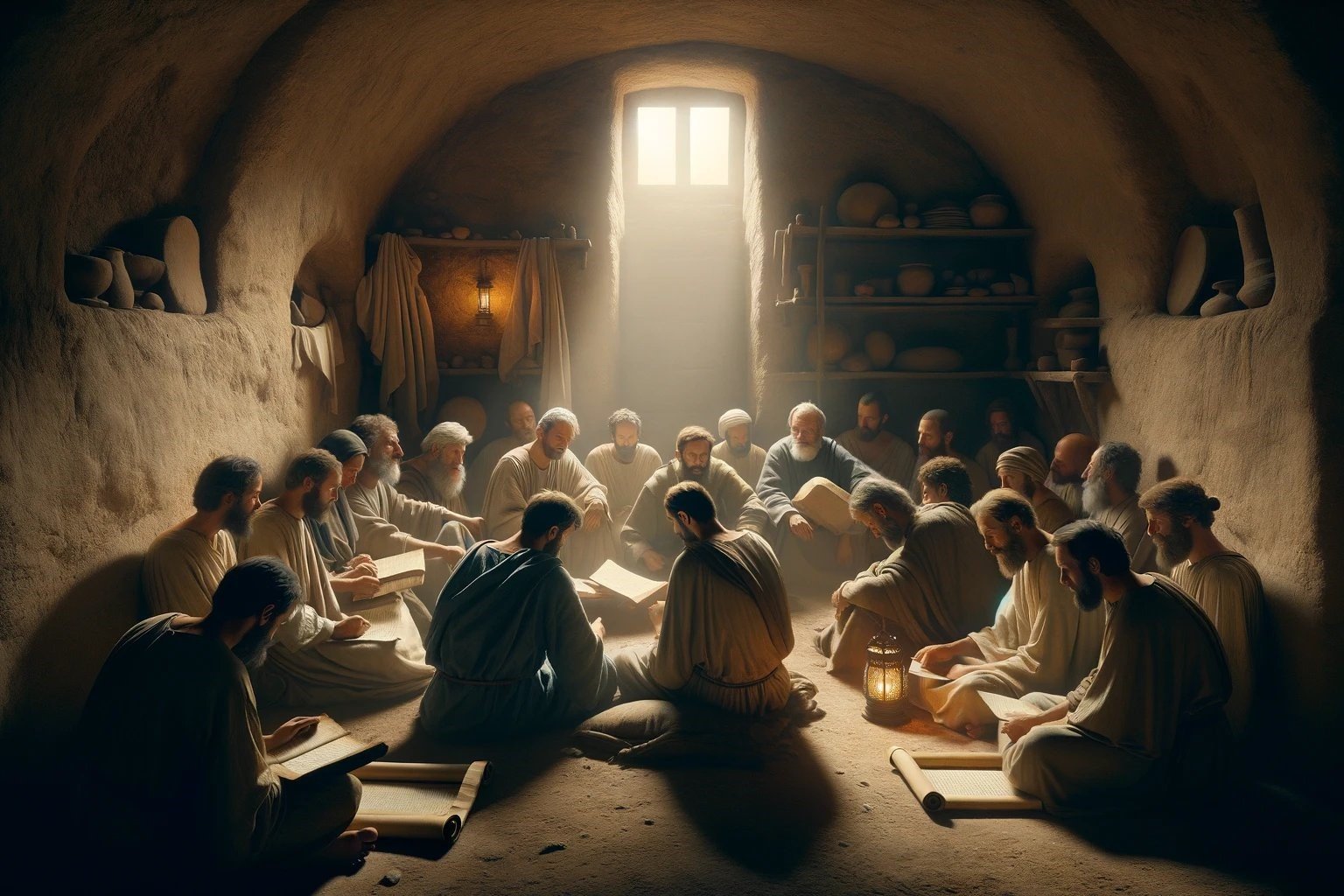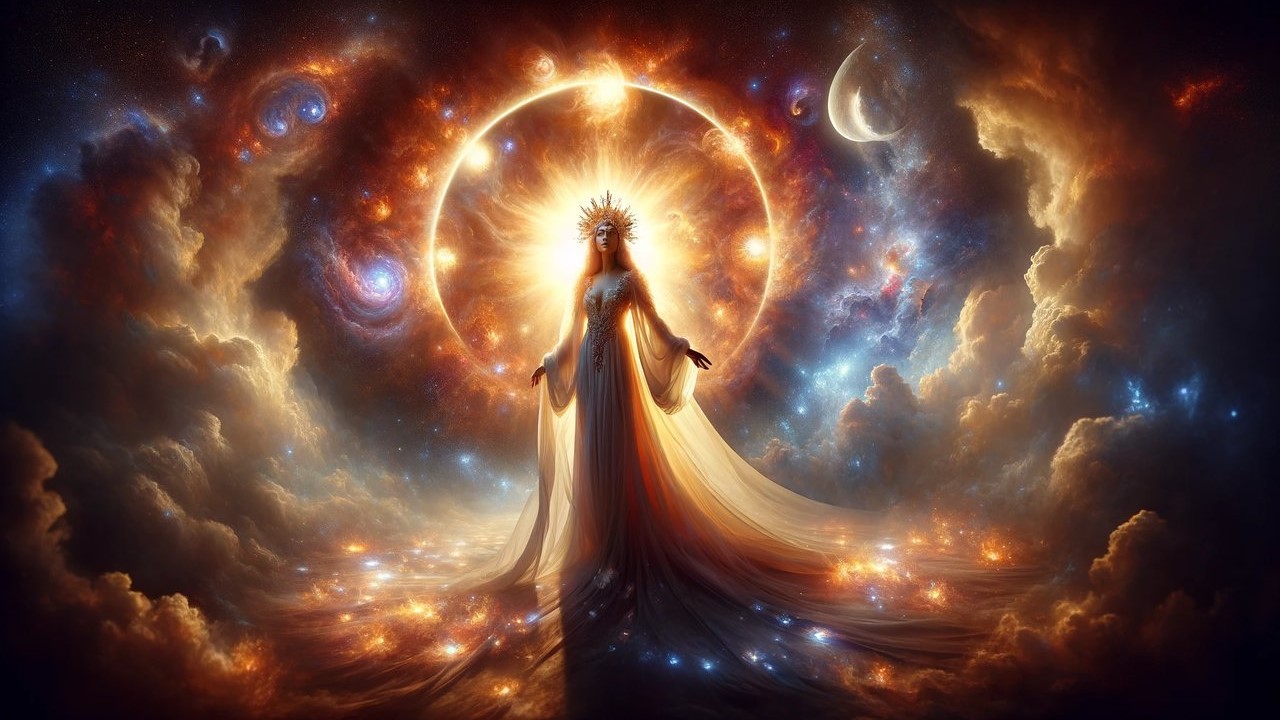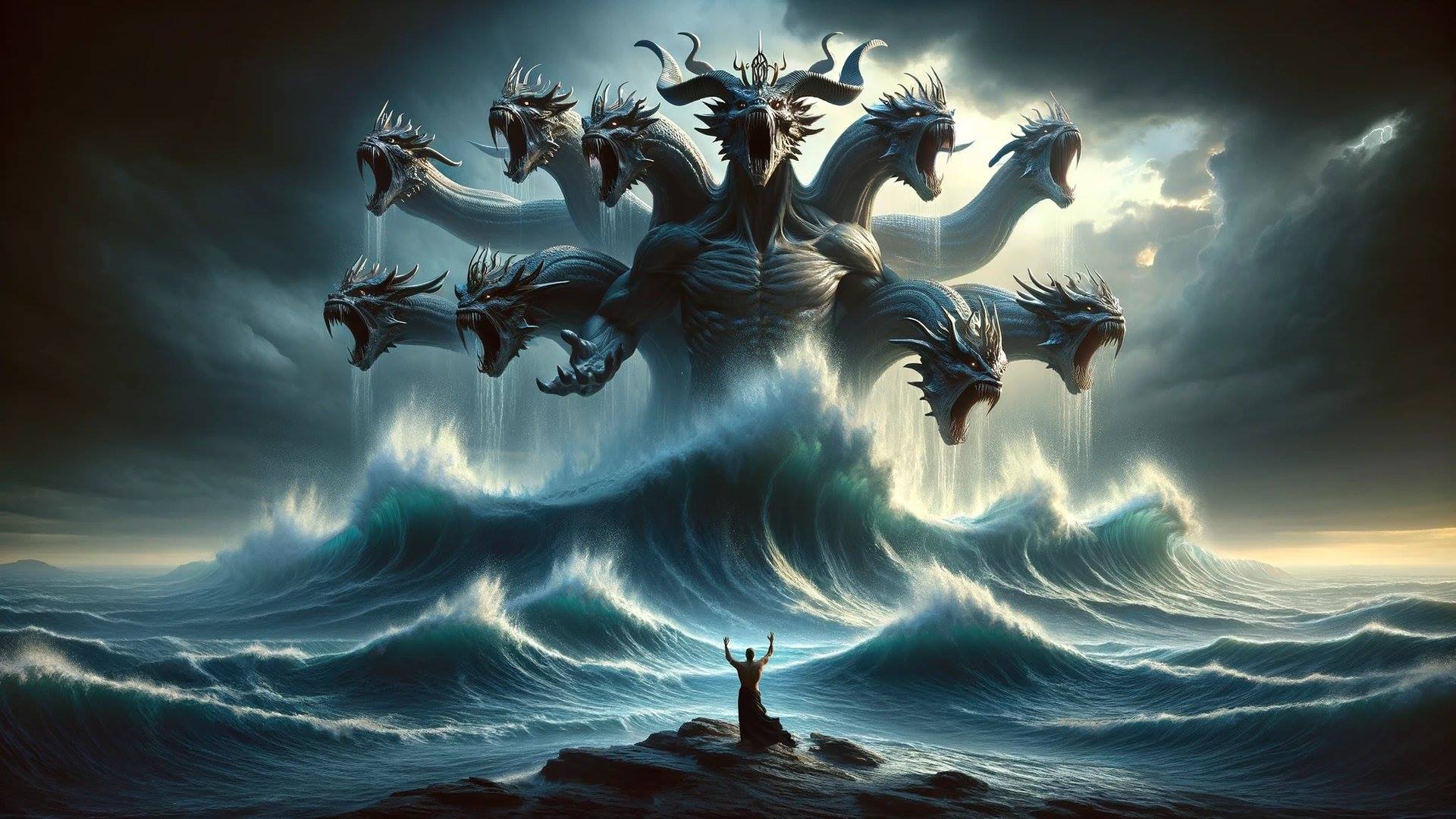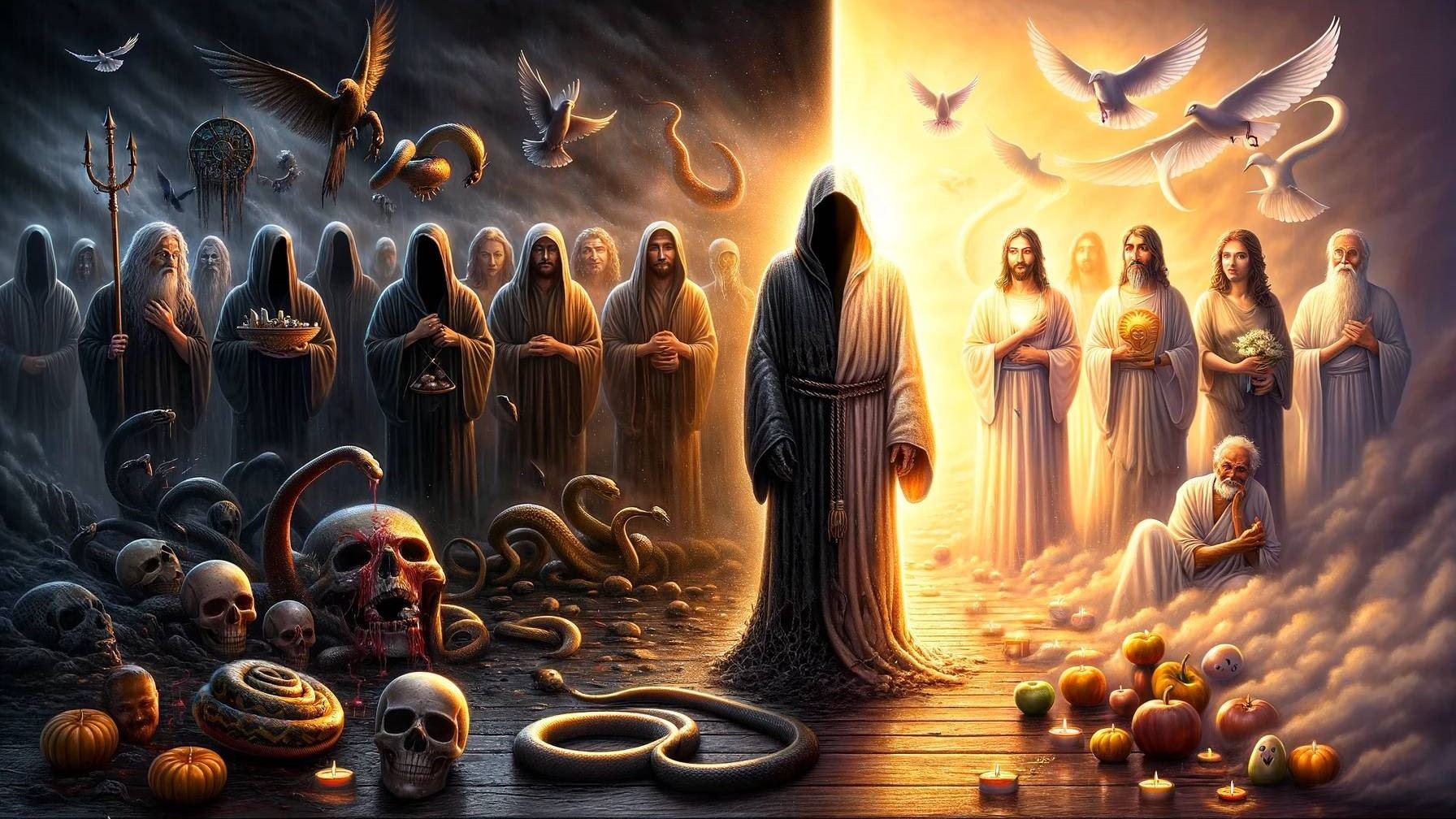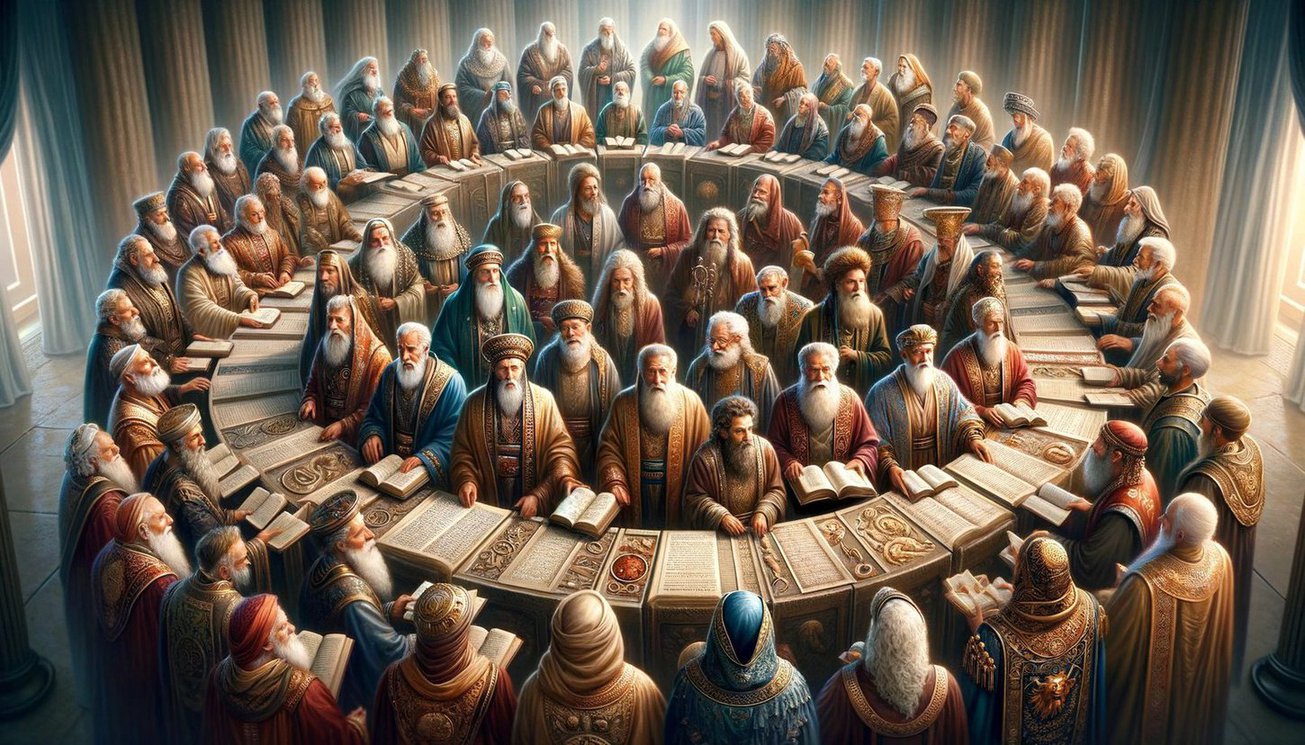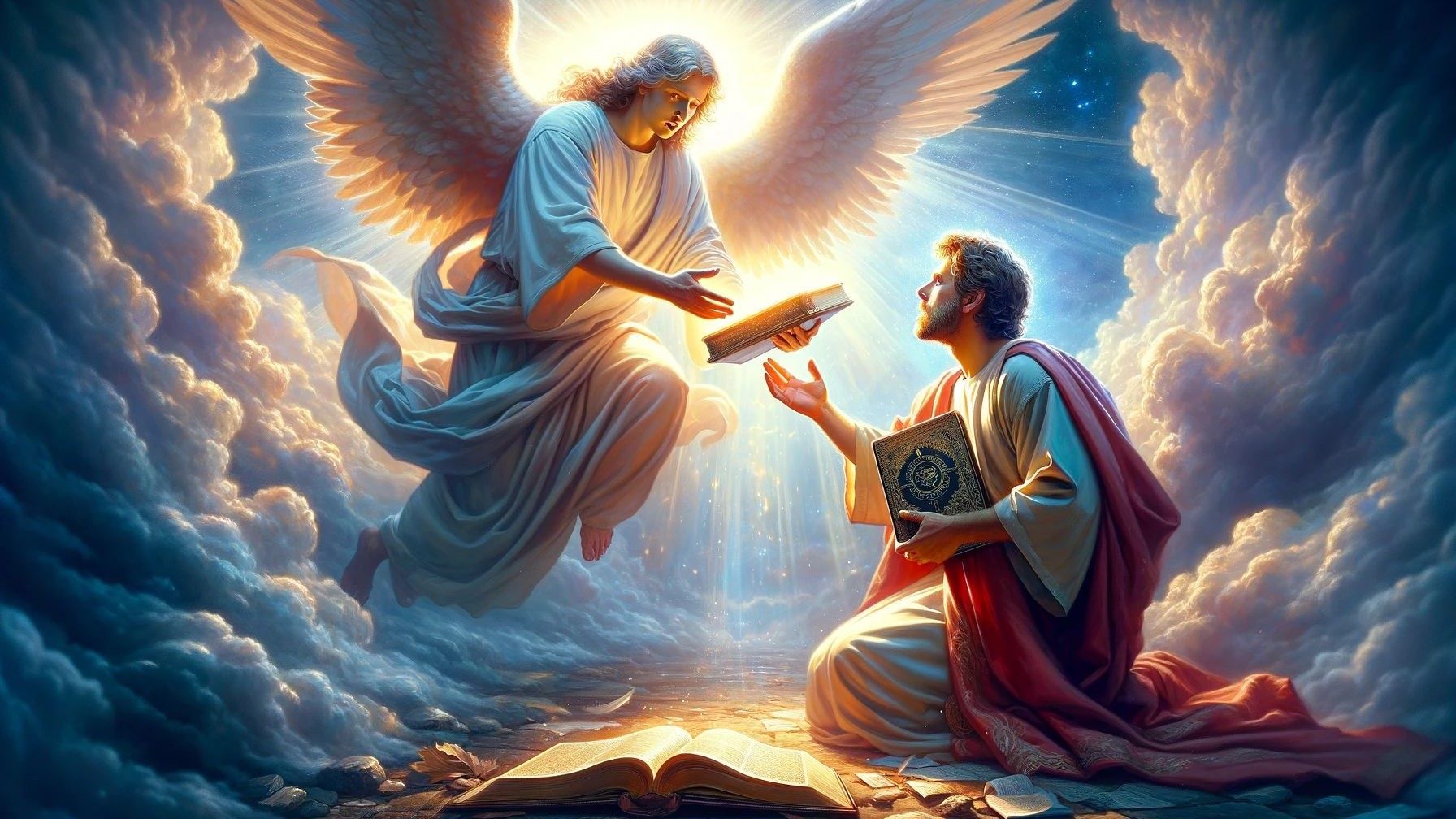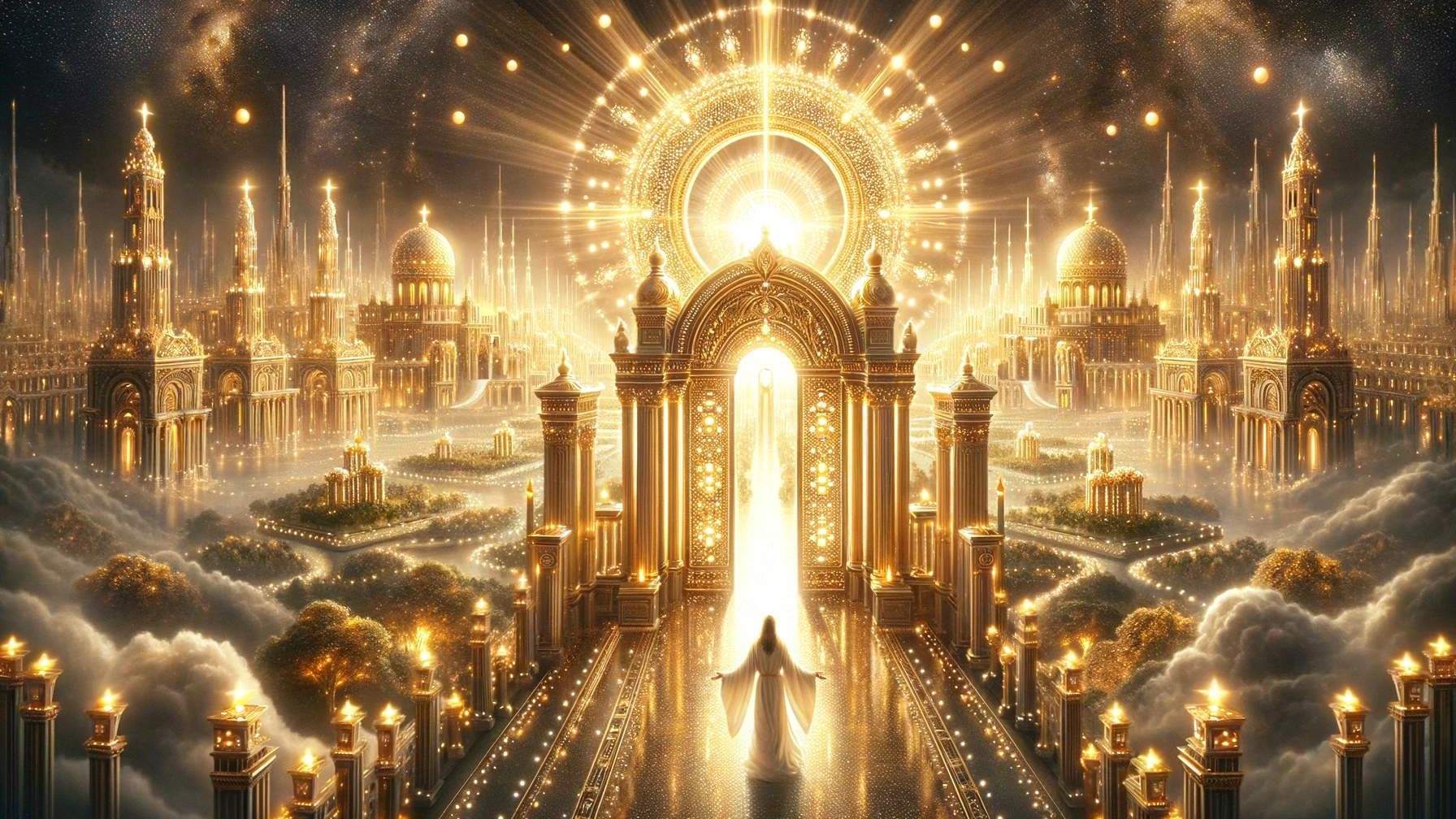Home>Bible Facts>Who Rides The Pale Horse In The Book Of Revelation?


Bible Facts
Who Rides The Pale Horse In The Book Of Revelation?
Published: February 11, 2024
Peter Smith, Editorial Director at Christian.net, combines deep insights into faith, politics, and culture to lead content creation that resonates widely. Awarded for his contributions to religious discourse, he previously headed a major organization for religious communicators, enhancing dialogue on faith's societal impacts.
Discover the truth about the Pale Horse in the Book of Revelation and other fascinating Bible facts. Uncover the mysteries of biblical prophecy and symbolism.
(Many of the links in this article redirect to a specific reviewed product. Your purchase of these products through affiliate links helps to generate commission for Christian.net, at no extra cost. Learn more)
Table of Contents
Introduction
The Book of Revelation, the final book of the New Testament, is a captivating and enigmatic text that has intrigued scholars, theologians, and believers for centuries. Within its pages, vivid imagery and symbolic language depict a series of apocalyptic events, including the appearance of Four Horsemen, each riding a different colored horse. These Four Horsemen are commonly associated with conquest, war, famine, and death, respectively. In this article, we will delve into the significance of the rider of the pale horse, exploring the various interpretations and the historical and cultural context that surrounds this intriguing figure.
The rider of the pale horse is a mysterious and ominous character whose appearance signals a profound and unsettling event. As we embark on this exploration, we will unravel the layers of meaning behind this enigmatic figure and seek to understand the implications of the pale horse and its rider within the context of the Book of Revelation. Through this journey, we will gain insight into the rich symbolism and prophetic messages contained in this ancient text, shedding light on the enduring relevance of its teachings.
The pale horse and its rider serve as a focal point for contemplation and interpretation, inviting us to ponder the deeper significance of their presence in the apocalyptic narrative. By examining the various perspectives and historical insights related to this symbol, we can gain a deeper appreciation for the complexities and profound truths embedded within the Book of Revelation. As we navigate through the interpretations and cultural backdrop surrounding the rider of the pale horse, we will uncover the enduring relevance and timeless wisdom encapsulated in this ancient text.
Join us on this illuminating journey as we unravel the mysteries of the pale horse and its rider, delving into the profound symbolism and prophetic significance that continue to captivate and inspire readers across the ages.
The Pale Horse in the Book of Revelation
The Book of Revelation, also known as the Apocalypse of John, presents a vivid and symbolic account of the end times, offering a prophetic glimpse into the culmination of human history and the ultimate triumph of divine justice. Within this apocalyptic narrative, the appearance of the Four Horsemen stands as a striking and evocative symbol, each representing a different aspect of the cataclysmic events foretold in the text. The rider of the pale horse, in particular, emerges as a figure of profound significance, bearing a message of pestilence, death, and spiritual reckoning.
Described in Revelation 6:8, the pale horse is accompanied by its rider, who is granted the authority to bring death to a fourth of the earth through various means, including sword, famine, pestilence, and wild beasts. The color of the horse, a pale or sickly hue, evokes a sense of decay and mortality, signaling the devastating impact of its rider's mission. This imagery serves as a potent reminder of the fragility of human existence and the inescapable reality of mortality, compelling readers to confront the sobering implications of the rider's ominous presence.
The rider of the pale horse embodies the relentless march of death and the pervasive nature of suffering, underscoring the universal experience of mortality and the transience of earthly life. As the harbinger of pestilence and death, the rider's appearance serves as a stark reminder of the consequences of human folly and the impermanence of worldly pursuits. This haunting portrayal of the pale horse and its rider serves to awaken a sense of urgency and spiritual introspection, prompting readers to contemplate the eternal significance of their choices and actions in light of the impending judgment foretold in the apocalyptic vision.
The symbolism of the pale horse and its rider transcends the confines of historical context, resonating with timeless themes of mortality, divine judgment, and the ultimate triumph of righteousness. Through its evocative imagery and profound symbolism, the rider of the pale horse invites contemplation of the human condition and the eternal implications of one's spiritual state. As such, the presence of the pale horse in the Book of Revelation serves as a poignant reminder of the inescapable reality of death and the imperative of seeking spiritual renewal and reconciliation in preparation for the eschatological fulfillment of God's purposes.
In the subsequent sections, we will explore the diverse interpretations of the rider of the pale horse, delving into the rich tapestry of historical and cultural contexts that inform our understanding of this compelling symbol. Through this exploration, we will gain deeper insight into the enduring significance of the pale horse and its rider within the broader narrative of the Book of Revelation.
Interpretations of the Rider of the Pale Horse
The rider of the pale horse has sparked a myriad of interpretations and theological reflections throughout history, each offering unique insights into the symbolic significance of this enigmatic figure. One prevalent interpretation views the pale horse and its rider as representing pestilence and disease, symbolizing the devastating impact of epidemics and widespread suffering. This perspective aligns with the rider's authority to bring death through various means, encompassing not only physical ailments but also the spiritual maladies that afflict humanity.
Another interpretation posits the rider of the pale horse as a harbinger of spiritual desolation and moral decay, signaling the pervasive influence of sin and spiritual destitution. In this light, the pale horse serves as a potent symbol of the spiritual malaise that permeates human existence, underscoring the dire consequences of estrangement from divine truth and righteousness. The rider's role in bringing death to a fourth of the earth reflects the far-reaching consequences of spiritual separation from God, emphasizing the urgent need for spiritual renewal and reconciliation.
Furthermore, some interpretations emphasize the pale horse and its rider as emblematic of the broader human experience, encompassing not only physical death but also the existential realities of suffering, injustice, and the impermanence of worldly pursuits. This perspective invites contemplation of the universal human condition, prompting introspection on the transient nature of earthly life and the enduring significance of spiritual truths in the face of mortality.
Additionally, the rider of the pale horse has been interpreted as a symbol of divine judgment and the ultimate reckoning of human deeds. The rider's authority to bring death reflects the solemn reality of divine judgment, underscoring the inescapable accountability that awaits all humanity. This interpretation serves as a sobering reminder of the imperative of moral accountability and the eternal consequences of one's actions, compelling individuals to heed the call to spiritual vigilance and moral integrity.
In essence, the interpretations of the rider of the pale horse encompass a rich tapestry of theological reflections, inviting contemplation of profound existential truths and spiritual realities. Through diverse perspectives, this enigmatic figure continues to provoke introspection and theological inquiry, inspiring seekers to grapple with the enduring significance of mortality, divine judgment, and the imperative of spiritual renewal in light of the apocalyptic vision presented in the Book of Revelation.
Historical and Cultural Context
The historical and cultural context surrounding the Book of Revelation provides invaluable insights into the symbolic imagery and prophetic themes that permeate its apocalyptic narrative. Written during a period of intense persecution and upheaval, the Book of Revelation reflects the tumultuous socio-political landscape of the first-century Roman Empire, offering a lens through which to interpret its eschatological vision.
The pervasive influence of Roman imperial power and the cult of emperor worship during the time of the book's composition profoundly shaped the author's apocalyptic worldview. The use of symbolic language and allegorical imagery in the Book of Revelation can be understood as a subversive response to the oppressive political and religious climate of the era. The portrayal of the rider of the pale horse, with its ominous connotations of death and pestilence, can be seen as a potent critique of the destructive forces at play within the Roman imperial context.
Furthermore, the historical backdrop of widespread disease, famine, and social upheaval in the ancient world lends depth to the symbolism of the pale horse and its rider. The prevalence of epidemics and natural disasters during this period would have underscored the pervasive fear of mortality and the fragility of human existence, amplifying the apocalyptic urgency of the book's message.
Moreover, the cultural milieu of the ancient Near East, with its rich tapestry of religious and mythological traditions, provides a fertile ground for interpreting the symbolic motifs found in the Book of Revelation. The imagery of the pale horse and its rider resonates with ancient Near Eastern conceptions of death, judgment, and cosmic conflict, drawing upon a wellspring of cultural symbolism to convey its prophetic message.
In light of these historical and cultural dynamics, the rider of the pale horse emerges as a compelling symbol that encapsulates the existential anxieties and spiritual aspirations of the ancient world. By situating the imagery of the pale horse within its historical and cultural context, we gain a deeper appreciation for the profound resonance of its symbolism and the enduring relevance of its apocalyptic message.
Through this exploration, we come to recognize the profound interplay between historical realities, cultural symbolism, and theological vision within the Book of Revelation, shedding light on the enduring significance of its prophetic themes and the timeless relevance of its apocalyptic imagery.
Conclusion
In conclusion, the rider of the pale horse in the Book of Revelation stands as a compelling and enigmatic figure, embodying profound themes of mortality, divine judgment, and spiritual reckoning. The symbolism of the pale horse and its rider transcends the confines of historical context, resonating with timeless truths that continue to captivate and inspire readers across the ages. Through diverse interpretations, the pale horse serves as a potent symbol of pestilence, spiritual desolation, human suffering, and the inescapable reality of divine judgment. Its haunting imagery prompts introspection on the transient nature of earthly life and the enduring significance of spiritual truths in the face of mortality.
Furthermore, the historical and cultural context surrounding the Book of Revelation enriches our understanding of the symbolic motifs and prophetic themes contained within its apocalyptic vision. The socio-political upheaval and religious dynamics of the first-century Roman Empire, coupled with the cultural milieu of the ancient Near East, provide a backdrop against which the apocalyptic imagery of the pale horse gains deeper resonance. The rider of the pale horse emerges as a compelling symbol that encapsulates the existential anxieties and spiritual aspirations of the ancient world, offering a prophetic lens through which to interpret the enduring realities of human existence and the ultimate triumph of divine justice.
As we contemplate the rider of the pale horse and the broader narrative of the Four Horsemen in the Book of Revelation, we are invited to grapple with profound existential truths and spiritual realities. The enduring significance of the pale horse and its rider beckons us to consider the impermanence of worldly pursuits, the imperative of moral accountability, and the transformative power of spiritual renewal. In doing so, we are compelled to confront the sobering implications of mortality and the urgent call to seek reconciliation and spiritual wholeness in preparation for the eschatological fulfillment of God's purposes.
In essence, the rider of the pale horse serves as a poignant reminder of the inescapable reality of death and the imperative of embracing spiritual renewal and moral integrity. Through its evocative symbolism and prophetic resonance, the pale horse beckons humanity to heed the call to spiritual vigilance and moral accountability, compelling individuals to confront the eternal implications of their choices and actions. As we navigate the complexities of the apocalyptic vision presented in the Book of Revelation, the enduring relevance of the pale horse and its rider continues to inspire contemplation, theological inquiry, and spiritual introspection, inviting us to grapple with the profound truths encapsulated within its enigmatic imagery.

